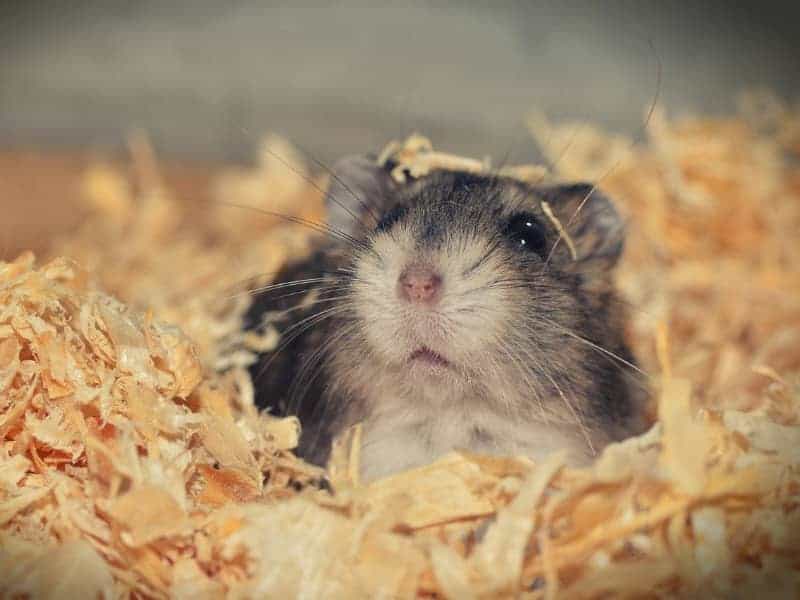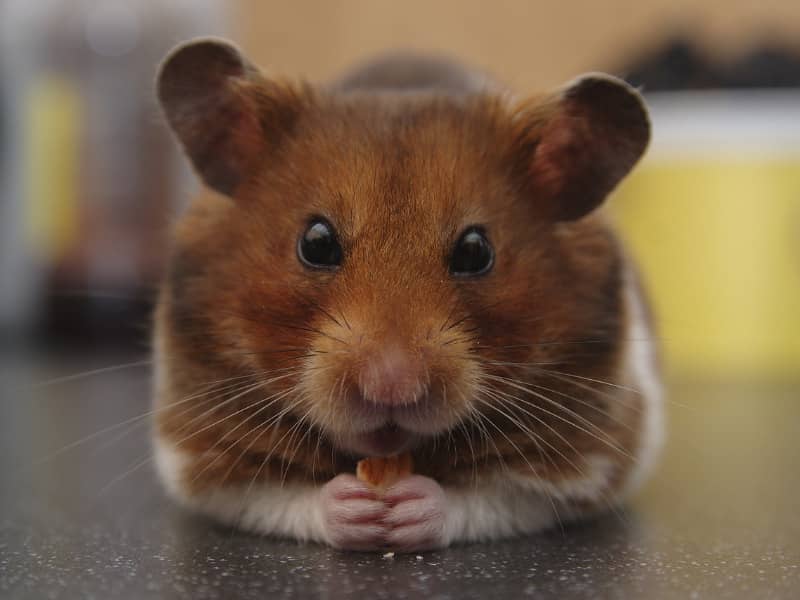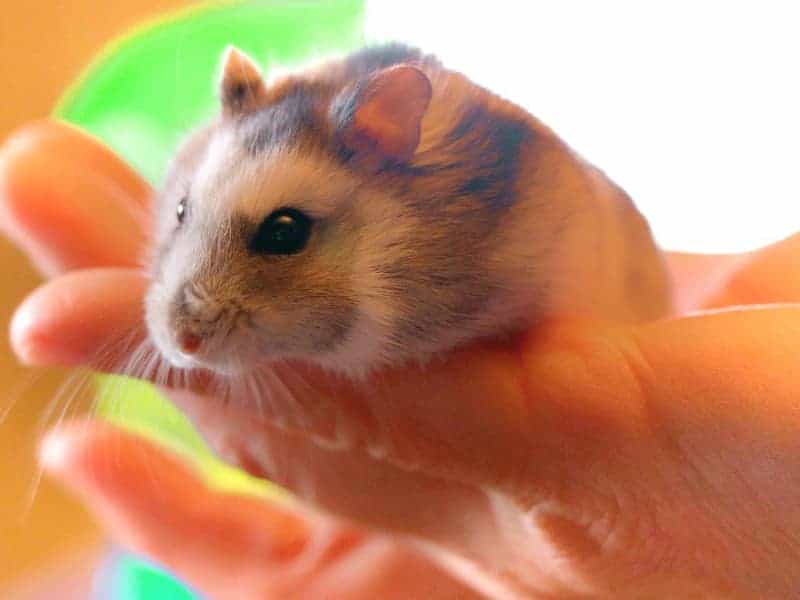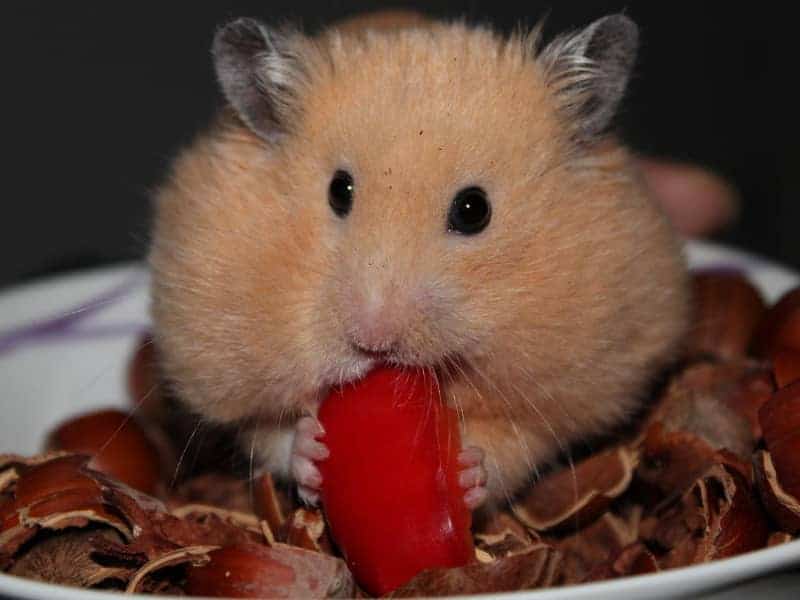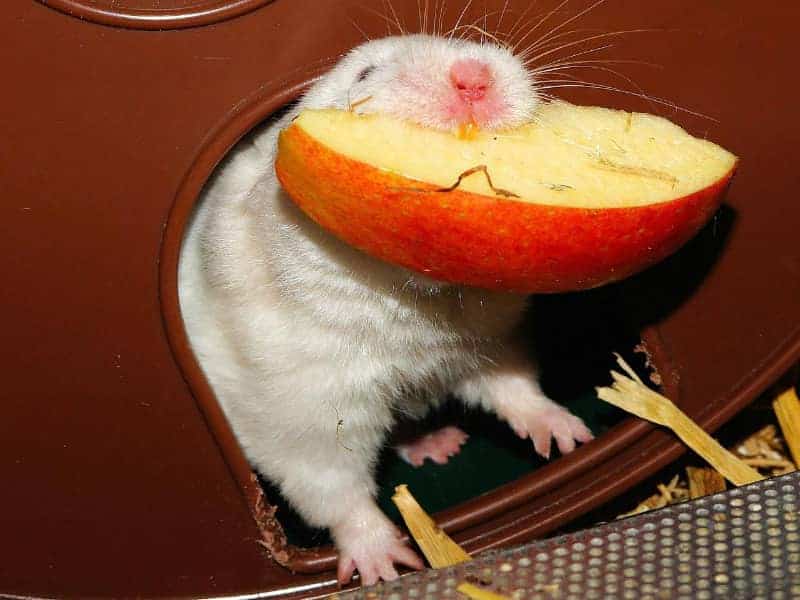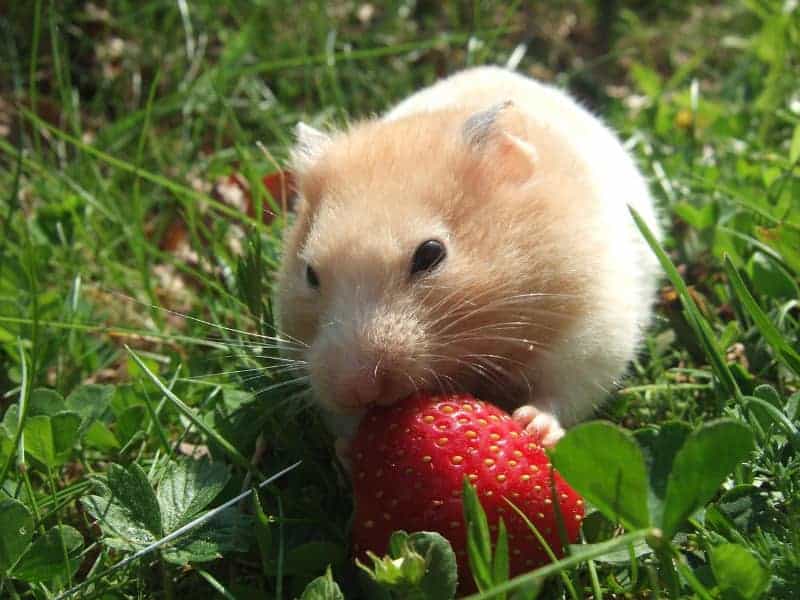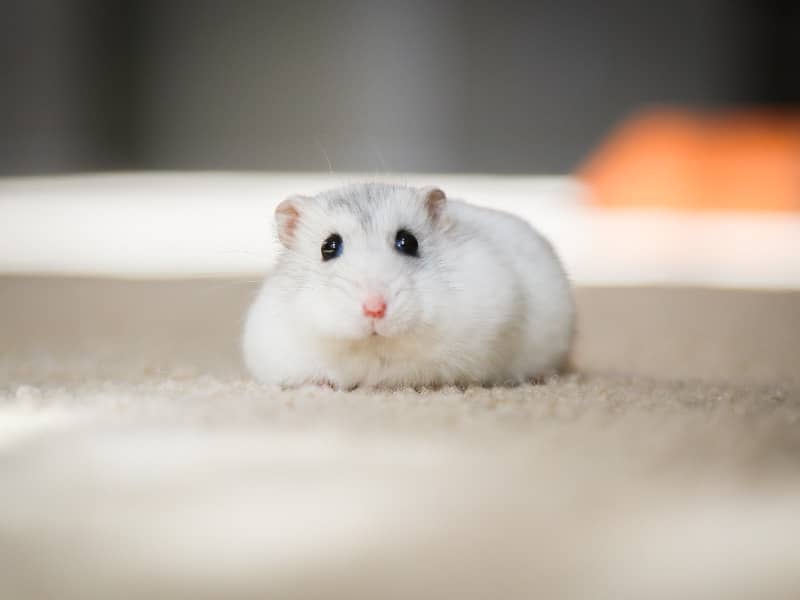
Hamster hair lice
Hamster hair lice are a topic that should be of interest to every hamster owner. Not only are they annoying, but they can also affect your little friend's health. In this section you will learn everything you need to know about these little parasites.
Hamster hair lice - definition and classification
Hair lice belong to the class of insects and are ectoparasites that feed on dander and hair. They are not to be confused with fleas or mites, although the symptoms may be similar. Hair lice are specific to their host animals and do not jump from one species to another.
This means that hair lice that infest hamsters are not usually transmitted to humans or other pets. They are usually microscopically small and can hardly be seen with the naked eye. However, an infestation can be detected by certain signs such as itching or skin irritation in the hamster.
Symptoms and identifying features
If your hamster is infested with hair lice, you will probably notice some behavioral changes. Frequent scratching, restlessness and even hair loss are signs that could indicate an infestation. Sometimes the hamster's skin may also look red and inflamed.
Another symptom is the so-called "hotspot", an area on the skin that is particularly inflamed and irritated. These hotspots can spread quickly if they are not treated. If you notice such symptoms in your hamster, it is advisable to consult a vet. Only a professional can make an accurate diagnosis and recommend the appropriate treatment.
Hamster hair lice - distribution and risk factors
Hair lice are widespread and can be found in a variety of environments. However, they are particularly common in places with poor hygiene or in crowded living spaces. If you keep several hamsters in one cage, the risk of infestation is higher.
Contact with other animals that are already infected can also be a risk factor. It is therefore important to always isolate new hamsters and check them for parasites before placing them with the others. Another risk factor is stress, which can weaken the hamster's immune system and make it more susceptible to infestation.
Treatment options for hamsters with hair lice
An infestation with hair lice is not only unpleasant for your hamster, but can also cause serious health problems. It is therefore important to act quickly and effectively. In this section, we look at the various treatment options available to you.
Hamster hair lice - Drug therapy
If you discover that your hamster is infested with hair lice, you should definitely consult a vet. They will be able to make an accurate diagnosis and recommend the appropriate medication. As a rule, special antiparasitics are used, which are applied either orally or topically.
It is important to follow the vet's instructions exactly and not to stop the treatment prematurely, even if the symptoms have already subsided. Stopping the treatment prematurely may mean that not all the hair lice are killed, making re-infestation more likely.
Natural treatment methods
In addition to drug therapy, there are also some natural treatment methods that can have a supportive effect. These include, for example, certain oils such as tea tree oil or lavender oil, which have anti-parasitic properties.
However, before using any natural treatment method, you should always consult your vet. Not all natural remedies are suitable for all animals, and in some cases they can even be harmful. It is therefore important to always seek the professional opinion of a vet.
Hamster hair lice - prevention and long-term care
The best treatment is, of course, prevention. You can minimize the risk of a hair lice infestation by regularly cleaning the cage and the surrounding area. A balanced diet and sufficient exercise can also strengthen your hamster's immune system and make it more resistant to parasites.
If your hamster has already been infested with hair lice once, it is important to carry out regular checks to detect a re-infestation at an early stage. Some vets also offer preventative treatments that can reduce the risk of re-infestation.
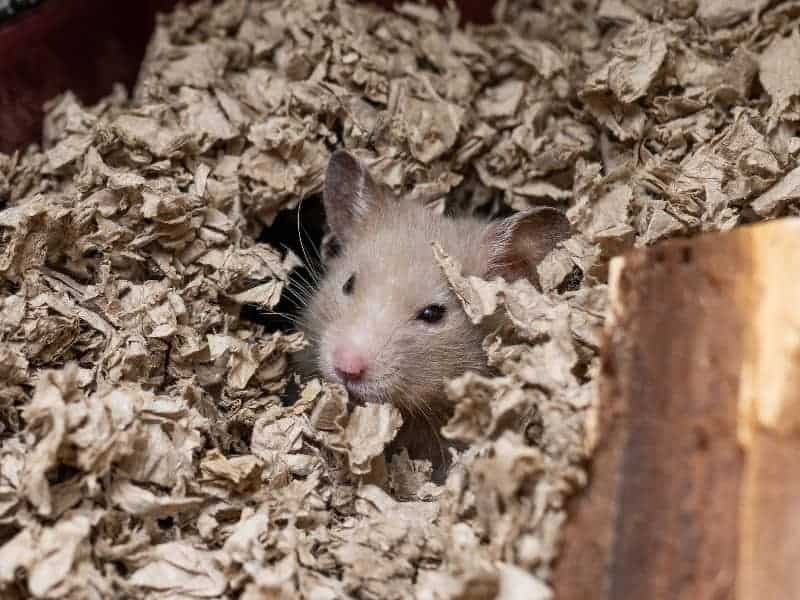
Effects of hamster hair lice on health
An infestation of hair lice is more than just a cosmetic problem. It can have serious consequences for your hamster's health. In this section, you will learn about the symptoms and long-term consequences of a hair lice infestation.
Physical symptoms of hamster hair lice
A hair lice infestation can cause various physical symptoms in your hamster. These include skin irritation, redness and inflammation. In more serious cases, it can even lead to open wounds that can become infected and fester.
These symptoms are not only unpleasant for the hamster, but can also lead to other health problems. Open wounds, for example, are a gateway for bacteria and other pathogens. If these symptoms occur, it is important to consult a vet immediately and initiate appropriate treatment.
Hamster hair lice - behavioral changes
In addition to the physical symptoms, hair lice can also affect your hamster's behavior. An infested hamster is often restless, scratches frequently and shows signs of stress.
This stress can have other negative effects, such as a weakened immune system. A stressed hamster is more susceptible to other diseases and may also have problems with food intake. It is therefore important to recognize the symptoms early and act accordingly.
Hamster hair lice - long-term consequences
If a hair lice infestation is not treated in time, the long-term consequences can be serious. Chronic skin problems, hair loss and even secondary infections are possible.
In extreme cases, an untreated hair lice infestation can even lead to the death of the hamster. It is therefore important to act immediately at the first sign of an infestation and initiate professional treatment.
Frequently asked questions about hamster hair lice
The topic of hair lice in hamsters often raises many questions. In this section, we address some of the most frequently asked questions to give you a comprehensive understanding of the topic.
Are hamster hair lice infectious to humans?
One of the biggest concerns of many hamster owners is whether hair lice can be transmitted to humans. The good news is that most hair lice are host-specific. This means that they only live on one particular animal and do not spread to humans or other animals.
However, it is always advisable to wash your hands thoroughly after handling an infected hamster. Even if transmission to humans is unlikely, it is better to be on the safe side.
How often should you check a hamster for hair lice?
The frequency of examinations depends on various factors, such as the age of the hamster, its general state of health and its living environment. However, as a general guideline, a monthly check-up is recommended.
If your hamster has already been infested with hair lice once, more frequent checks are advisable. In such cases, a weekly check can be useful to detect a new infestation at an early stage.
What to do if the treatment does not work?
If you find that the treatment is not producing the desired results, it is important to consult a vet again. It could be that the hair lice are resistant to the medication used or that an incorrect diagnosis has been made.
In such cases, the vet will probably recommend a different treatment method or carry out further tests to determine the cause of the problem.
Author

-
Garden animal - A life with nature
Welcome to my animal blog! My name is Dirk and I am happy to take you on my journey through the fascinating world of animals and gardening.
Born 54 years ago, I have had an insatiable curiosity for the animal world around me since childhood. Although I have moved professionally in other industries, my true passion has always been animals and nature. It is remarkable how a small garden has become such an important part of my life.
Many of my fondest memories are associated with the animals that share our home. Whether it's the curious squirrels that scurry across the trees in the morning, the colorful variety of birds that visit our feeders, or the busy bees and butterflies that pollinate our flowers, every moment with them is invaluable to me.
This blog is my contribution to share my experiences, discoveries and insights with like-minded people. Here I will share stories of unforgettable encounters with animals, give tips on gardening and creating wildlife-friendly habitats, and take you on my journeys through nature.
Thank you so much for being here!
Cordial,
Dirk aka garden animal
Last posts
- 27. February 2024PetsVeganes Hundefutter – Grün und Gesund?
- 18. January 2024ChickensOregano für Hühner
- November 27, 2023HamsterDiurnal hamsters
- November 24, 2023HamsterHamster hammock

